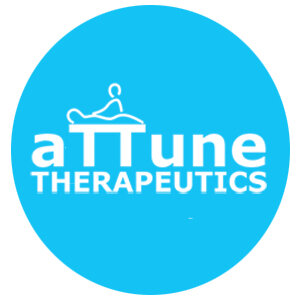Medial Tibial Stress Syndrome (a.k.a. shin splints)
Aetiology (What is it?)
Medial tibial stress syndrome (MTSS) is an overuse injury (repetitive strain injury) of the shin area. MTSS is an umbrella term for a number of issues causing pain in the tibia. These stress reactions of the tibia are unable to heal properly due to repetitive tibial strain.
Pathophysiology (What’s happening?)
MTSS covers a spectrum of tibial stress injuries including tendinopathy, periostitis (inflammation of the periosteum – a fascial membrane that surrounds bone), and periosteal remodelling.
MTSS is a common injury for people starting or returning to running or increasing their training load too quickly. This is due to muscle weakness and lack of conditioning in conjunction with training overload. Weakness in the triceps surae (gastrocnemius, soleus and plantaris), tibialis anterior and tibialis posterior muscles lead to muscle fatigue and altered running mechanics. Weak muscles can also be excessively tight and this may lead to abnormal strain and bending of the tibia during activities such as running and jumping.
Signs and Symptoms
Pain along the front and medial (inner) side of the tibia (shin bone). In the initial stages, pain may be felt at the beginning of the run, then disappears during the run, and returns on cooling down. When the condition gets more serious, the pain remains for days after training.
Mild: pain at beginning of run and after running
Moderate: pain on impact as foot strikes the ground
Severe: pain when standing or walking, without impact
Risk factors
- Training overload – increasing distance, intensity, and/or duration too quickly
- Running on hard and/or uneven surfaces
- Using incorrect footwear
- Biomechanical issues such as high arches, foot pronation, unequal leg length
- High BMI and being female also increase risk
Medical treatment options
At the first sign of pain in the shins it is recommended to decrease the training load for a few days or a week. This will usually prevent further injury and the condition becoming more serious. Slowly increase mileage by 5-10% per week.
In the acute phase cold therapy may be used sparingly for pain relief. Only 10mins at a time and only for short periods. Long periods of cold therapy can inhibit healing.
Strengthening exercises for the calf – e.g. calf raises with a slow eccentric heel drop
Strengthening exercises for the core and hip muscles – strong abdominal, gluteal and hip muscles improve running mechanics thereby preventing lower extremity overuse.
Foam rolling the calf – find the tight spots and stay there for 30secs-1min until you feel the release
Massage to relieve tight muscles in the anterior and posterior lower leg. Dry needling may also be used in myofascial trigger points to help the muscle function optimally.
Differential diagnosis
A stress fracture may be mistaken for MTSS. If pain is localised within 5cm and can be pinpointed on palpation – an x-ray may be necessary to rule out a stress fracture. Chronic MTSS may lead to stress fracture.
Pain in the front of lower leg can also be caused by compartment syndrome (swelling of muscles in a closed compartment which leads to pressure). Symptoms of compartment syndrome include leg pain, unusual nerve sensations and muscle weakness.

